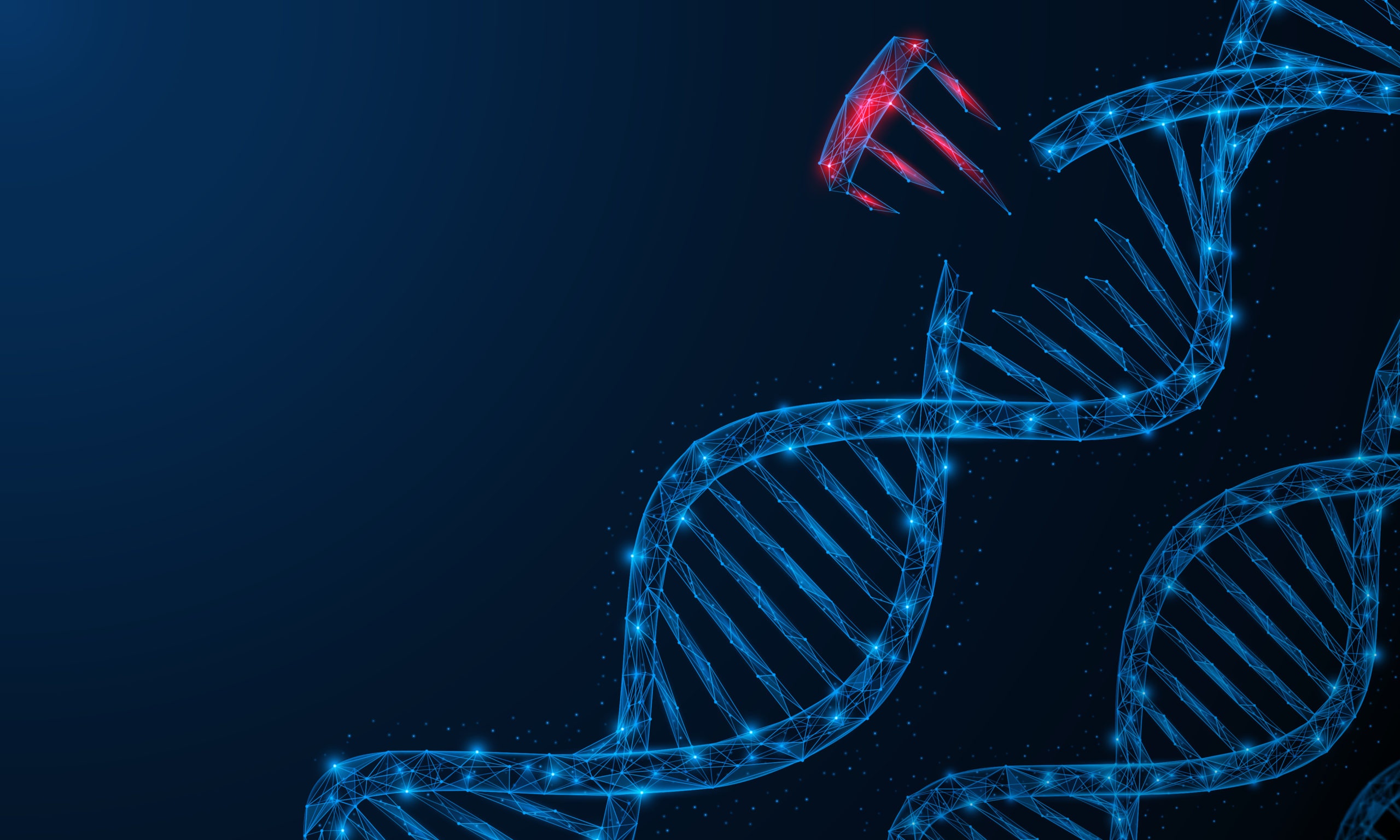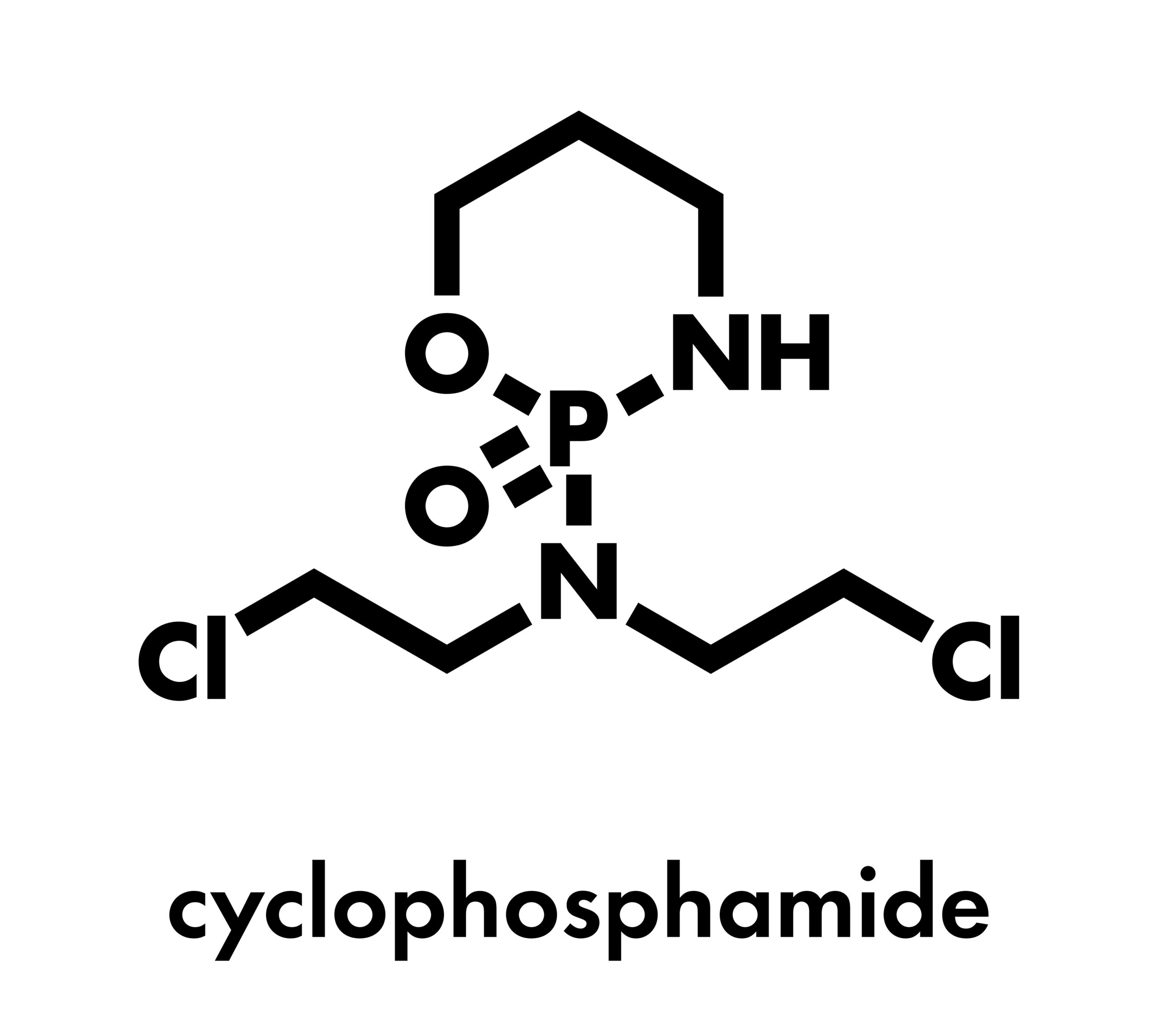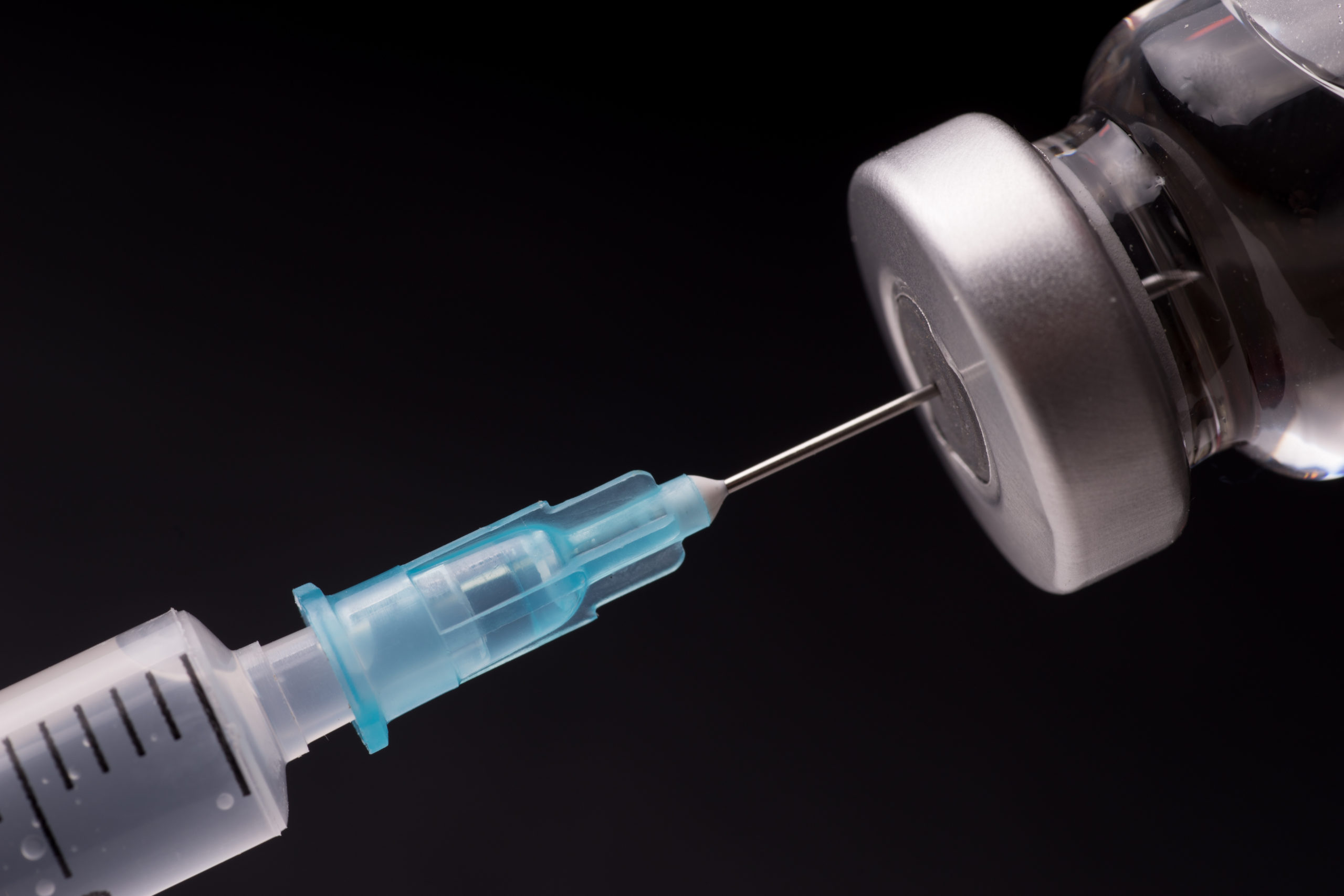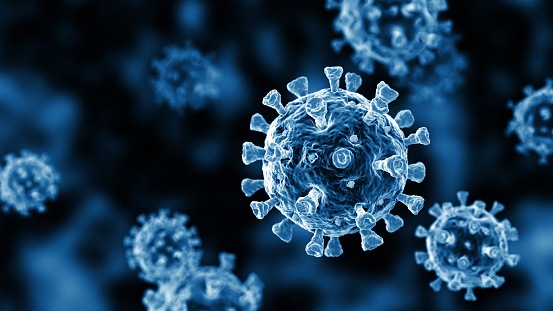
Studies have shown the JAK2 V617F somatic driver mutation is associated with disease progression in patients with myelofibrosis (MF). In a study led by Maryam Rafati, MD, PhD, from the National Cancer Institute, researchers evaluated the predictive value of JAK2 V617F mutations and mosaic chromosomal alterations (mCAs) across JAK2 in patients with MF undergoing hematopoietic cell transplantation (HCT). The results were presented at the 64th ASH Annual Meeting and Exposition.
Based on their retrospective analysis, the research group concluded the impact of JAK2 V617F mutations on HCT outcomes differed based on myelofibrosis subtype. Specifically, JAK2 alterations were not associated with HCT outcomes in primary and postpolycythemia vera (PV) myelofibrosis, while a high JAK2 V617F mutation allele burden in postessential thrombocythemia (ET) was associated with increased nonrelapse mortality, though not with a statistically significant impact on survival.
The trial enrolled 924 patients undergoing HCT between 2000 and 2016. Of those patients, 634 had primary MF, 135 had post-PV MF, and 155 had post-EV MF. Authors obtained patient data from the Center for International Blood and Marrow Transplant Research registry. The mCAs of interest were those involving JAK2 (9p24.1). Researchers used Kaplan-Meier and Cox proportional hazard models to estimate overall survival (OS) and perform multivariate analysis, respectively.
JAK2 Mutation Particularly Affects Postessential Thrombocytopenia
Reportedly, 562 (60.8%) had JAK2 V617F mutation, differing by primary (57.6%), post-PV (97%), and post-ET (42.6%) disease. In addition, the authors noted the majority of patients with mCAs in the JAK2 region were positive for JAK2 V617F mutation (366 of 374; 97.9%). The mean JAK2 V617F allele burden for primary, post-PV, and post-ET disease was 57%, 78%, and 60%, respectively.
The 3-year post-HCT rate of OS and cumulative incidences of relapse and nonrelapse mortality (NRM) per disease type were as follows:
| 3-Year Post-HCT OS | Relapse | NRM | |
| Primary Myelofibrosis | 55% (95% CI, 26-33) | 31% (95% CI, 28-35) | 29% (95% CI, 26-33) |
| Post-PV Myelofibrosis | 59% (95% CI, 51-67) | 31% (95% CI, 24-40) | 25% (95% CI, 18-32) |
| Post-ET Myelofibrosis | 59% (95% CI, 51-66) | 33% (95% CI, 26-41) | 23% (95% CI, 17-30) |
In the patients with post-ET MF with high mutation allele burden, risk of NRM was increased 3-fold compared with mutation-negative patients (hazard ratio, 2.9; 95% CI, 1.21-6.93; P=.01).
“Our findings suggest that allogeneic HCT for myelofibrosis may alleviate the known negative effect of JAK2V617F mutation in those patients,” the authors summarized, “particularly for primary myelofibrosis and post-PV. It is essential to consider evaluating these findings within the context of other MF driver genes.”
More From ASH: Predictors of Success in JAK Inhibitor Therapy for MF







 © 2025 Mashup Media, LLC, a Formedics Property. All Rights Reserved.
© 2025 Mashup Media, LLC, a Formedics Property. All Rights Reserved.